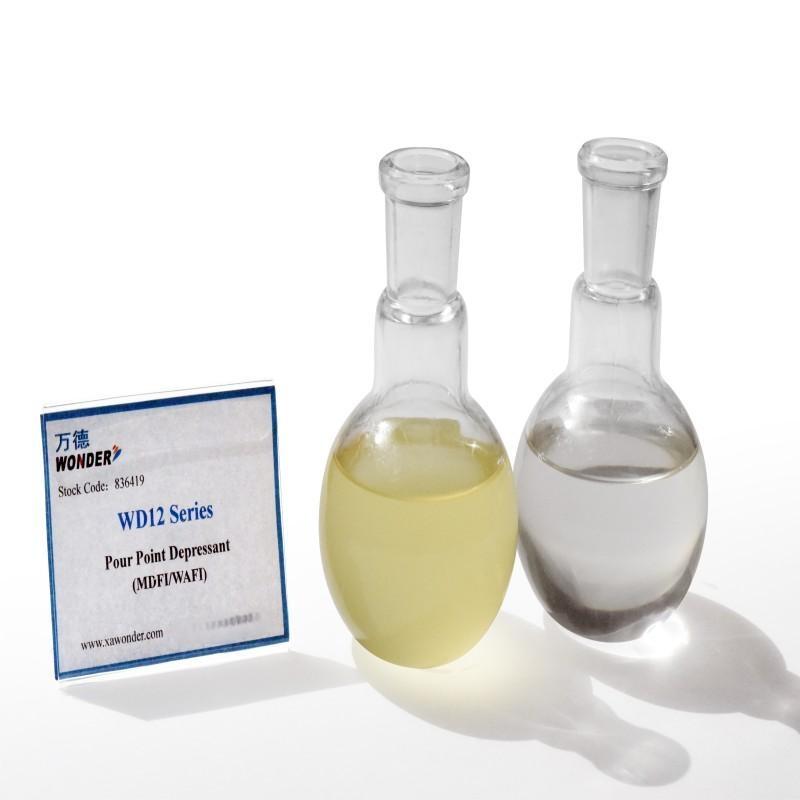-
Categories
-
Pharmaceutical Intermediates
-
Active Pharmaceutical Ingredients
-
Food Additives
- Industrial Coatings
- Agrochemicals
- Dyes and Pigments
- Surfactant
- Flavors and Fragrances
- Chemical Reagents
- Catalyst and Auxiliary
- Natural Products
- Inorganic Chemistry
-
Organic Chemistry
-
Biochemical Engineering
- Analytical Chemistry
-
Cosmetic Ingredient
- Water Treatment Chemical
-
Pharmaceutical Intermediates
Promotion
ECHEMI Mall
Wholesale
Weekly Price
Exhibition
News
-
Trade Service
On October 19, local time, US President Biden delivered a public speech at the White House, announcing three new measures to stabilize oil prices
.
The three new measures include: First, the U.
S.
Department of Energy will conduct a 15 million barrel strategic reserve crude oil inventory sale in December to complete the 180 million barrel strategic stockpile launch announced
in March.
If supply is interrupted in winter due to Russia or other reasons, additional inventory
will be placed.
Second, the U.
S.
government plans to buy back strategic inventories when crude oil prices fall below $67/b to $72/b
.
Third, the U.
S.
government is calling on U.
S.
oil companies to benefit consumers
.
Judging from the reaction of oil prices, after the announcement of Biden's new measures to stabilize oil prices, international oil prices did not fall but rose
.
As of the close of trading on October 19, the WTI crude oil futures November contract rose $2.
73/barrel to close at $85.
55/barrel, an increase of 3.
30%; The December contract for Brent crude futures rose $2.
38/b to settle at $92.
41, or 2.
64%.
The industry believes that oil prices have risen because Biden has predicted that new measures will be announced this week last week, and the market has generated certain expectations
.
"Crude oil prices had fallen briefly on Tuesday, before the specific plan was announced, but recovered slightly after the official announcement on Wednesday, possibly due to an assessment
of the lack of substance in the new measures.
" Gui Chenxi, chief energy analyst of CITIC Futures, analyzed to First Financial Reporter that overall, the above three new US measures have little impact on short-term oil price sentiment and supply and demand, but it is necessary to pay attention to the possibility of more measures in the future and the additional impact
on oil prices at that time.
How much is left in strategic crude oil stocks
The US Strategic Crude Oil Reserve System was originally established to deal with short-term oil supply shocks
.
After the first oil crisis, the U.
S.
Congress passed the Energy Policy and Reserves Act (the Act) in 1975, authorizing the construction of the Strategic Petroleum Reserve System
.
The Act provides for full access to stocks in the event of severe supply disruptions due to factors such as war, but cannot be continued when stocks are below 500 million barrels
.
The International Energy Agency (IEA) stipulates that member countries need to reserve at least 60 days of strategic reserve crude oil stockpiles
.
Since the Russian-Ukrainian conflict, the release of strategic oil reserves has become the "habitual" grip
of the United States to stabilize oil prices.
On March 1 this year, Biden announced the release of 30 million barrels of stocks; At the end of March, it announced that it would release a cumulative 180 million barrels of strategic petroleum reserves within six months to stabilize domestic oil prices, and in September announced an additional 10 million barrels
in November.
So far, the United States has released a total of 165 million barrels of strategic oil reserves
.
The latest announcement of 15 million barrels in December was actually the last of
the previous 180 million barrels.
At present, the US strategic reserve inventory is below the 30-day alert level, which is about 22 days of
consumption.
According to the latest data released by the U.
S.
Energy Information Administration (EIA) on Wednesday, U.
S.
Strategic Petroleum Reserve (SPR) inventories fell by 3.
564 million barrels to 405.
1 million barrels in the week ended Oct.
14, the lowest value in nearly 38 years (week of June 1, 1984), while U.
S.
commercial crude oil inventories fell by 1.
725 million barrels to 437 million barrels, an expected increase of 1.
38 million barrels and an increase of 9.
879 million barrels
in the previous week.
Who is dominating oil prices
When it comes to both sides of the game of oil prices, OPEC and the United States
are inseparable.
The announcement by the United States of 15 million barrels of strategic crude oil inventories by December is also to calm the short-term boost
to oil prices under the recent OPEC+ production cut decision.
On October 5, OPEC+ (which includes 13 OPEC members and 10 non-OPEC producers led by Russia) announced a 2 million b/d
reduction in quotas at its monthly meeting.
The cut is the largest since oil producers agreed to a sharp cut in 2020 after the pandemic, equivalent to 2%
of total global oil exports.
International oil prices have risen "five consecutive times"
in the short term under the catalyst of OPEC+ production cuts exceeding expectations.
The volatility range of oil prices also rose from $80/b to $90/b before the announcement to $90/b to $100/b.
Russian Deputy Prime Minister Alexander Novak publicly stated at the 33rd OPEC+ ministerial meeting that "OPEC+ agreed to strengthen cooperation agreements until the end of 2023, and on the Russian side, the expected oil production in 2023 will account for 93% to 94%
of 2022 production.
" ”
OPEC's 13 members are Saudi Arabia, Iraq, Algeria, Angola, Congo, Equatorial Guinea, Gabon, Iran, Kuwait, Libya, Nigeria, the United Arab Emirates and Venezuela
.
As of now, Saudi Arabia is the organization's largest oil producer and exporter
.
Saudi Arabia produced 34% of OPEC crude oil in 2021, more than
double that of Iraq, the organization's second-largest producer.
Comparing OPEC and U.
S.
oil production, the U.
S.
Energy Information Administration (EIA) expects U.
S.
crude oil production to peak in 2030~2035, while OPEC's production is expected to continue to grow
in 2050.
"If the United States adjusts its strategic inventory volume month by month, it will form a hedging effect with OPEC's month-by-month adjustment of production quotas, and weaken OPEC's production reduction to a certain extent to support oil prices
.
" However, due to the fact that the current US strategic inventory is already at a very low level, it is difficult to continue to release for a long time, and the medium-term effect is limited
.
Gui Chenxi thought
.







